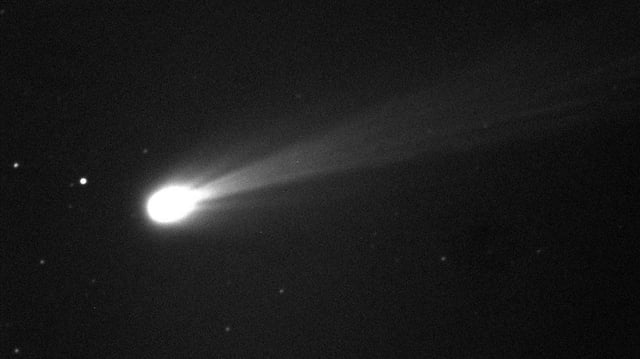Overview
- The object passed Mars in early October at roughly 29–32 million kilometers, offering a rare vantage for orbiters and the Perseverance rover.
- ESA’s ExoMars Trace Gas Orbiter captured a multiband sequence that confirms the comet’s position and brightness, while Mars Express attempts to image it have not yielded a clear detection so far.
- Raw Perseverance frames have enabled amateur stacks showing a faint streak consistent with 3I/ATLAS, and researchers say NASA’s Mars Reconnaissance Orbiter also obtained images that have not been released.
- NASA and ESA have shared limited processed results to date, with reports tying delays in U.S. releases to the federal shutdown as officials downplay any cause for concern.
- Observations depict a fast interstellar comet on a hyperbolic track at about 58–61 km/s, with Hubble and spectroscopy indicating a coma and water‑ice signatures as teams coordinate follow‑up before perihelion.

